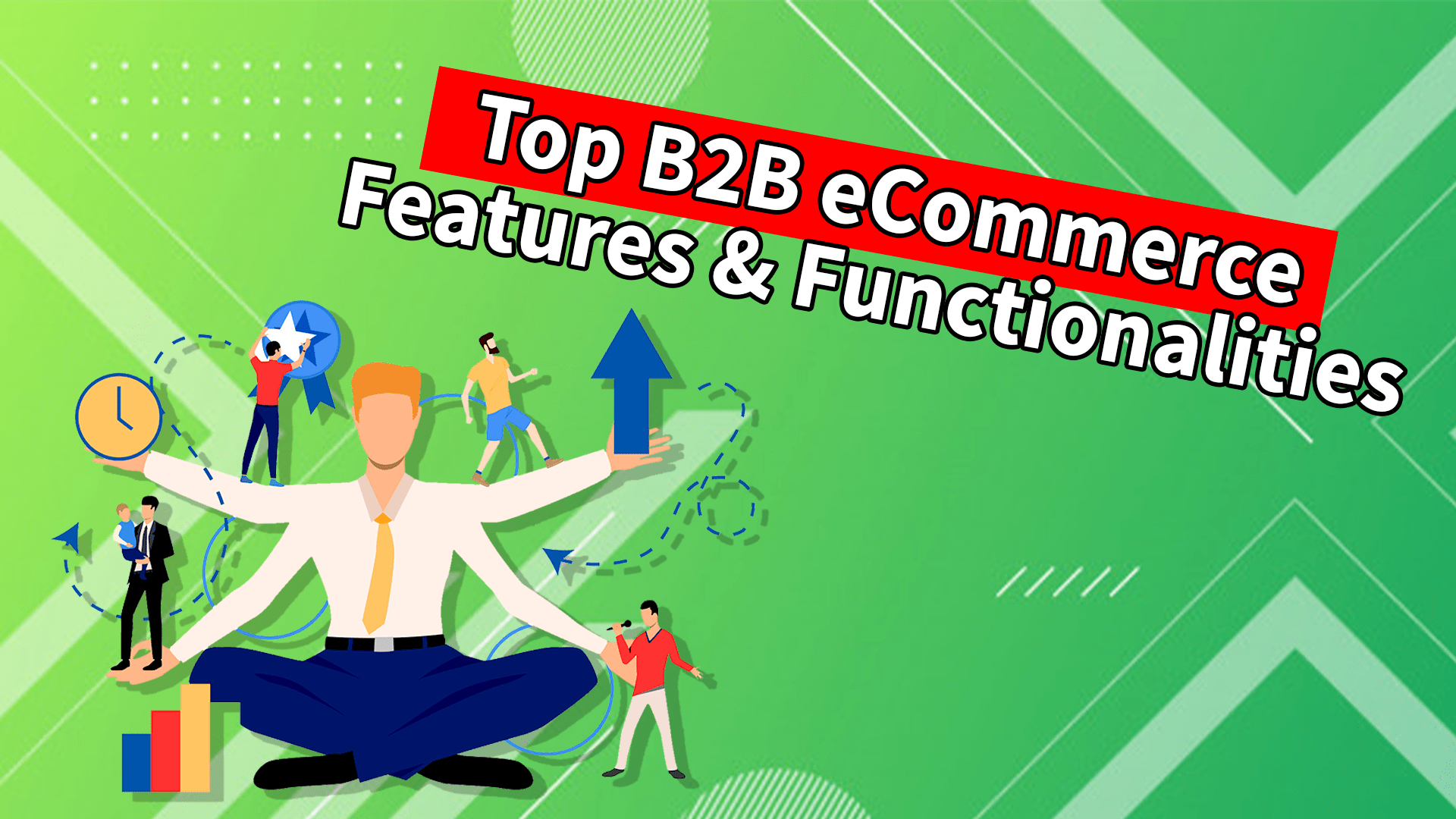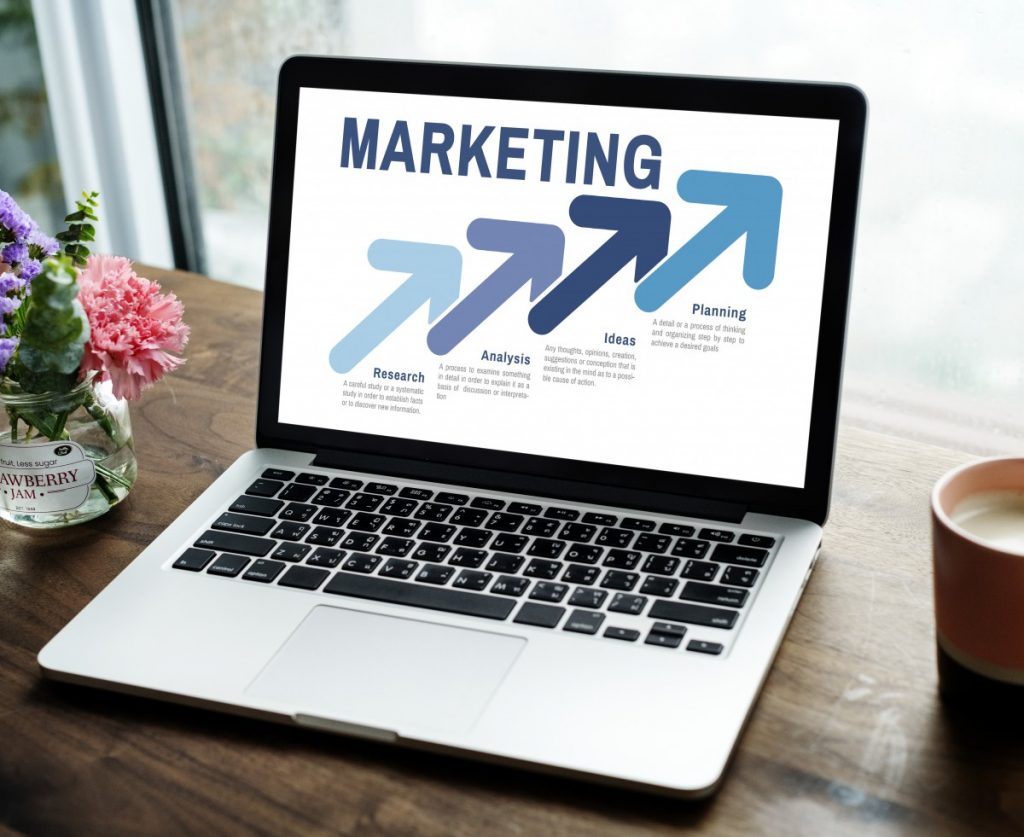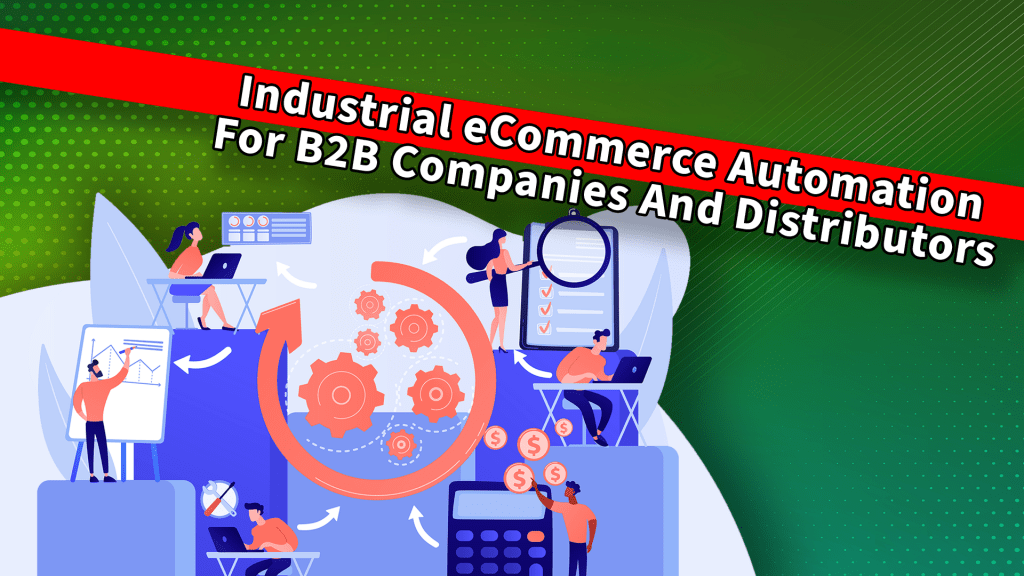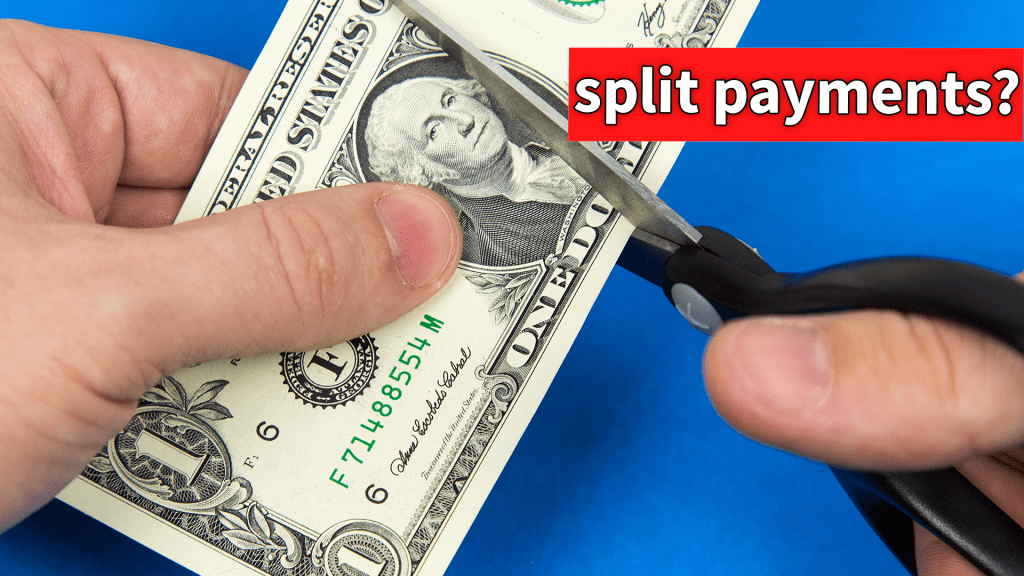Thanks to COVID, B2B businesses have gone digital, from large corporations to small businesses. If you are running a B2B business and you want to add eCommerce capabilities, you need these features and functionalities.
Developments & Trends in B2B eCommerce Technology
What are the changes that you’re seeing in the industry right now? What are people demanding?
Clients are now requesting additional functionality to enhance their user experience and putting the b2b eCommerce marketing ideas into practice.
In the past with B2B, your online store has always been a lower priority. Call centers and catalogs served as your primary focus. That has since changed with the pandemic. We’re seeing a modified user experience that used to occur offline from human-human interaction. These owners need their site to function the same way as if somebody were to walk into their warehouse or storefront.
When the demand increases, the market is moving en masse to a one-hundred percent digital structure. Now in the past, we would maybe get three, four requests on a monthly basis for B2B eCommerce, functionality, migration. In the past 30 days, we have had probably 45 to 50 requests. Small and medium-sized stores need these functionalities to survive these unusual times.
Let’s talk about these functionalities.
Multi Add-to-Cart and Tiered Pricing
Multi-add to cart functionality needs to have tiered pricing. When a customer goes to your site, they will either log in for wholesale or B2b. They need to see different pricing structures, place an order, and choose terms of payments easily. While their terms could be net 90, someone else’s terms could be net 30. The system must reflect that.
Talk to us about multi-add to cart and tier pricing, please.
Multi-add to cart is extremely important because this allows your system to now identify a potential B2B customer without them even having to log in. If you see that an individual is adding high quantities and multiple products to their cart, you can now have the ability to issue or offer discounts based on the quantity. Take that communication offline with a message once that price or quantity hits a certain threshold.
Multi-tiered pricing allows you to offer your B2B customers a discounted rate based on quantity. You might have some vendors or some clients that you might offer a higher discount to rather than others. If this is configured on your backend once they log in, the prices will show whatever rules you set for that particular client on the front end.
If you have a retail site and you see that people are adding to their cart five to seven thousand dollars’ worth of products, you could create the call thing functionality and get them out of there and get them onto a phone call. It’s very likely that you’re going to close that sale over the phone rather than having them wait in a session.
The multi-add to cart functionality allows you to arrange easy selections for B2B customers. Rather than the customer flitting around the site to find all the items they want, they see the products in an arranged fashion.
In your My Account page, you better have a reorder functionality. Because if someone is placing the same order on a monthly basis, they would rather not manually add this. While the button doesn’t reorder automatically, it puts everything back into your cart so if you want to make additions and changes, you can do that.
Offering Bulk Discounts to B2B Customers
How about discounts for customer groups, especially in B2B?
You want to set up a system that automatically applies those discounts. If you’re doing B2B quotes, the system should remember what quote you did for who. And you can build this all on a BigCommerce or Shopify or another enterprise platform. It’s not difficult to do.
Session IDs & Phone Tracking
Why is Session ID phone tracking important?
During the past decade, this has been one of the biggest pain points for B2B businesses. The moment that phone call comes in or that communication goes offline, there’s zero attribution as to the individual’s origin. Then it becomes difficult if not impossible for a business owner, or even on our end, a marketer, to understand what is working from a marketing or advertising standpoint.
Where do I allocate my resources to drive more revenue? If you do not have any type of phone tracking or session ID system in place, you will have no clue. You’re essentially operating in the dark.
Many business owners are happy they’re seeing orders come in and don’t question it. At the end of the day, however, if you want to scale and you want to continue to grow, you need to understand where those individuals are coming from to leverage it. Are they coming from SEO? Are they coming from PPC? Are they coming from Facebook? The answer can be meaningful.
Consider SchoolOutlet.com. The website gives a perfect view of a combination of B2B and B2C. On top of the website, you’re going to see a section that says session ID. For SchoolOutlet, the marketer tracks the session ID. There’s a UI that you can log into as the B2B business.
Because it’s integrated with Google Analytics, a person can all and inquire about a product. The phone rep will ask for a session ID, which is unique for the user and their origin of getting to the main site. If you’re coming from Facebook, Google, a referral, an affiliate, or a marketplace, the session ID will tell all. It’s unique for the page that you are visiting.
The marketer tracks everything in the backend. What we can do later on at the end of 30 days, we can say, look, you received 200 phone calls. And out of those 200 phone calls, you got 100 orders. And those 100 phone orders came from these sources totaling, I don’t know, $250,000.
Now you can make logical business decisions because you know where your phone orders are coming from. Then combine this with a 24/7 chat and answering service. Ninety percent of eCommerce businesses need this. You need somebody to pick up the phone and say, “It’s a great day at Optimum7. How may I help you?”
Why?
The industry is very, very competitive now. Phone tracking is an awesome system. The team is actually working on this building as a SAS tool. But if you have any questions, you can reach out and we’re happy to share more.
Wholesale B2B eCommerce Features & Functionalities
Let’s talk about wholesale accounts and approval processes.
If I have a business, if I have B2B capability, I don’t want just any average person to come and get discounted rates from me. So there needs to be a registration and approval process.
How would you do that?
They need a custom form. If you’re a serious business owner, you fill out this form. Once that form is submitted, the business owner now has a backend admin panel that they can review and approve. The moment that they approve, sends out an email notification over to the person who just applied. They get either a confirmation or a rejection. Now they have their login information with their credentials that they can go in and start receiving those discounted rates.
Vendor Integrations for B2B eCommerce Companies
Let’s talk about vendor integrations for quantities and for orders.
You might be a B2B business, but you might not be stocking all of these items or working with a third-party logistics provider, a 3PL. So how are you going to make sure that your POs, your quantities, and everything else in possible multiple warehouses and distribution centers, integrate? The vendor integration functionality has solved serious business issues.
Why is this functionality important?
Vendor integration has many different levels, right? You have orders coming in, and your quantity has to be synchronized, especially if you’re getting a new inventory. At the same time, you need to know when you need to place another order if you’re running low on supplies.
The backbone of your business is having this in place so that you can operate efficiently. Without it, you’re not going to know what vendors are running low on quantity, which ones you need to reorder from. All of this allows you to then go and take a deeper look into your vendors and see which ones are actually helping you and which ones are hurting you.
What factors should you consider?
Look at forecasting capability, profitability margins, shipments, and tracking. You might have a vendor that ships in seven days and your clients start complaining. Or you might have a custom product that’s going to ship in three weeks.
Who’s tracking that lead time? In the backend, if you know that that product is going to take three weeks, are you setting that expectation with your B2B customer? There are so many different levels of this.
Don’t get complicated. You want to harness this Search session without making it harder for your target audience.
Conditional “Part-Builder” eCommerce Functionality for B2B Industrial Companies
How about dynamic and conditional part builders?
This is mostly for machinery, industrial businesses, or HVAC. OC Pneumatics, for example, sells pneumatic parts. Pneumatic parts are used for air-driven systems. These pieces of machinery have so many different intricate parts, and each and every one of these parts has different configurations.
You’re now turning one product that with all of these different configurations could potentially turn into a hundred to a thousand different SKUs with all the different combinations that you can apply to this one little piece. For an eCommerce store, you can’t have a different SKU, showcase, or product page of essentially almost an identical product with just a slight little different configuration on it.
How many total SKUs would ensue?
There are around two million different SKUs for this company. That many product pages are impossible to create efficiently.
There are dependencies. When you select options, you can’t select all the options together, they need to match. If you have option A, you can’t have option C, but you can have options D, E, and F. It’s just got to track all of this.
Let’s say a client has conditional options. Custom manufacturers in the US and he manufactures custom wing equipment. They handle dental supply, medical supply, and PPE.
You’re going to have different options. However, there are different conditions. Those types of configurations and rules need to be set for each and every one of these.
This makes the user experience better. As if an individual would call over the phone or walk into your store or your warehouse knowing the piece that they need, this tool allows them to do just that on their own. From an operational standpoint and a cost standpoint, you don’t need to worry about building out each and every one of these individual product pages, having these images, taking photos of each and every one of these. So it really reduces your costs from a development standpoint in the long run.
The firearm industry has some intense customizations for rifles, semi-automatic weapons, or other forms of machinery. That is one example.
Ready to start growing your B2B eCommerce business today?





